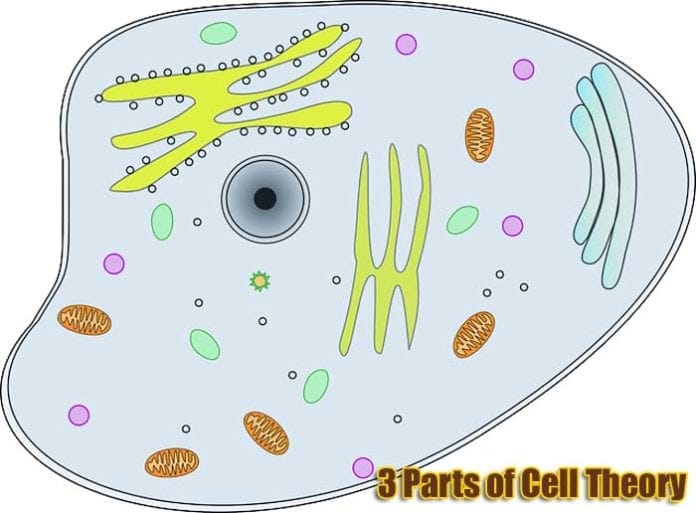
Parts of Cell Theory: More than 300 years ago, no knowledge existed about the fundamental unit of living things. The invention of the microscope and results of observational studies that followed resulted in a plethora of information that proved that all living things are made up of millions of tiny fundamental units that are vital to life itself.
All living organisms on the planet are made up of tiny individual units. Without these units, living organisms cannot function the way they do now. These individual building blocks of every living organism are known as cells.
We can think about cells as the basis of life, which make all biological processes possible. It is difficult for us to imagine the possibility of any life at all without cells. The cell theory is a scientifically and universally accepted theory that was formulated and proposed in the mid-17th century.
In this page, we will explore the aspects and parts of cell theory, its rivaled history, and many versions, as well as the exceptions to this theory.
Table of Contents
What is Cell Theory?
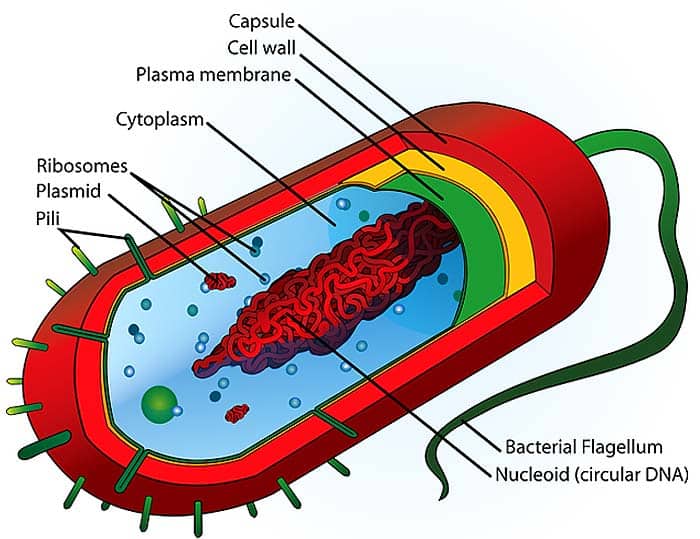
The cell theory is one of the most fundamental principles of biology. The German scientists Matthias Schleiden, and Theodor Schwann proposed the cell theory, which has three critical points:
- All living organisms are made up of one or more cells.
- The cell is the basic structural and functional unit of life.
- Cells arise from pre-existing cells.
The modern version of the cell theory also includes the following concepts:
- Energy flow occurs within cells.
- Hereditary information or DNA is passed on from cell to cell.
- All cells have the same basic composition.
The cell theory is true for all living things, irrespective of size or complexity. Cells hold and provide information for all living things. We will look into and explore different parts of cell theory in detail below.
![]()
History of Cell Theory
Before exploring the history behind the development of the cell theory, it is important to acknowledge the scientist who is credited with the discovery of the cell.
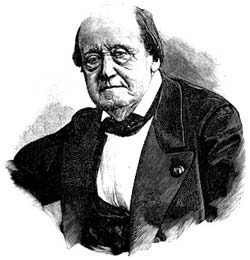
- The discovery of the cell is attributed to a famous scientist named Robert Hooke in the year 1665. He viewed cork cells under the microscope and was able to identify compartment like structures that he termed as “cells“.
- In the year 1824, a French scientist by the name of Henri Milne-Edwards proposed that the fundamental structure of tissues was made up of a chain or cluster of globules that also have physiological importance.
- Later, two other scientists, Henri Dutrochet and Francois Raspail proposed that new cells are generated from the inside of old cells. Although this statement forms a part of the cell theory, the mechanism proposed by the scientists with regards to cell regeneration, were incorrect.
- Another French scientist, in the year 1832 by the name of Barthelemy Dumortier observed and explained the process of binary fission, and further went on to reject the previous popular notions that cells arise from within old cells or that they are spontaneously generated.
The cell theory, as we know it today was formulated In the years 1838 and 1839. German Scientist Matthias Schleiden studied plant cells and postulated that every living thing is made up of cells or the product of cells.
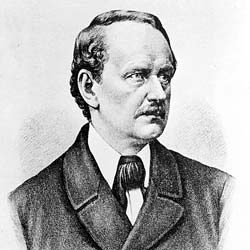
- He proposed that new cells arise from a crystallization method from old cells or from elsewhere. The following year, in 1839, Theodor Schwann put forth his proposal with regards to animal cells, postulating that every element in animals is made up of cells or their products.
- Nineteen years later, Rudolph Virchow completed the cell theory by providing the final postulate, which states that every cell is generated from pre-existing cells.
- In the year 1839, Matthias Schleiden and Theodor Schwann were credited with the development of the cell theory.
- Another German scientist named Rudolph Virchow also contributed towards the formulation of this theory. However, he is not credited for it. Schleiden and Schwann suggested that cells were the basic unit of life.
![]()
3 Parts of Cell Theory
To better understand each aspect of the cell theory, it is vital to take a closer look at what each postulate entails. Here, we discuss each postulate of the cell theory as it has been stated:
Cell Theory Part 1
“All living organisms are made up of one or more cells”.
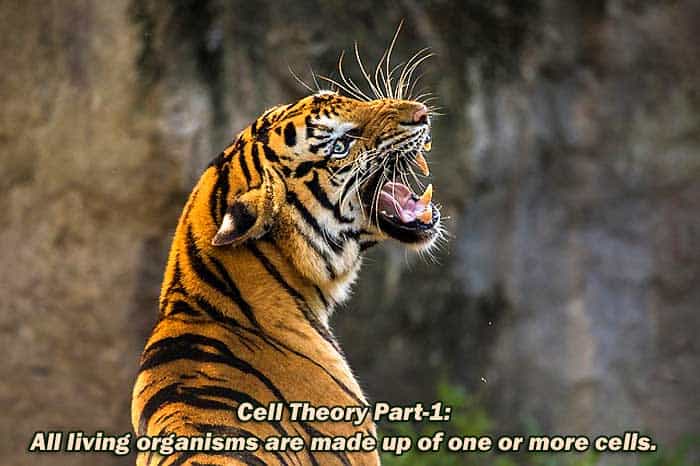
The first part of the cell theory states that all living things, whether small or big, simple or complex, irrespective of species or kingdoms, are made up of either one or more than one cells.
- Living things or organisms that are made up of one cell are called unicellular or single-celled organisms. bacteria and protozoans like amoeba are examples of single-celled organisms.
- Living things or organisms that are made up of more than one cells are termed as multi-cellular or multi-celled organisms. Almost all animal and plant cells are multi-cellular organisms. The human body is made up of billions of multi-cellular cells.
![]()
Cell Theory Part 2
“The cell is the basic structural and functional unit of life”.
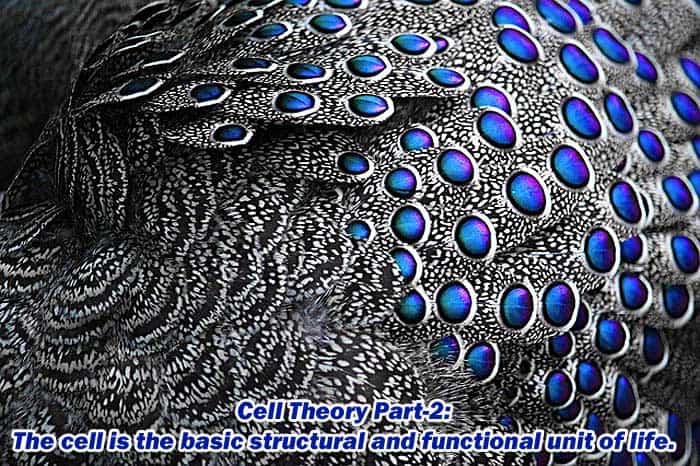
All biological processes that occur within the body for it to sustain itself cannot occur without the presence of cells.
- They form the basic unit of life that not only provide structure to living cells but are also necessary for all their vital functions that are needed to sustain life. For example, in human beings, the cells that make up the skeletal system are called osteocytes.
- Together they form the hardened structure called bone that provides structure, as well as function of the body. Cells are the building blocks of every system in living things – starting from the cellular level to tissues, organs and organ systems.
![]()
Cell Theory Part 3
“Cells arise from pre-existing cells”.
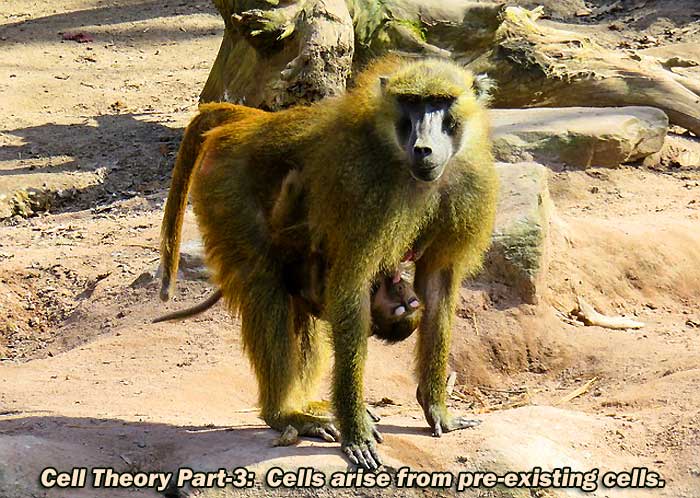
Every cell is generated from another cell that existed before it. This postulate of the cell theory refers to the process of cell division whereby one cell divides to produce more than one cells. This is the basis of cellular reproduction which can be either asexual or sexual depending on the living organism that the process is occurring in.
- Cell division processes can be of different types, like budding or fission seen in yeast cells, or Mitosis and meiosis, that is observed in both plant and animal cells.
- Generally, during the process of cell division, a single cell divides into two or more cells, distributing its genetic content among its progeny. Thus the newly formed cells are usually identical to the parent cell.
This postulate was in opposition to the notion that cells arise spontaneously.
![]()
3 Postulates of Modern Cell Theory
Further, three more postulates are added to the cell theory which from a part of the modern cell theory:
Modern Cell Theory Part 1
“Energy flow occurs within cells”.
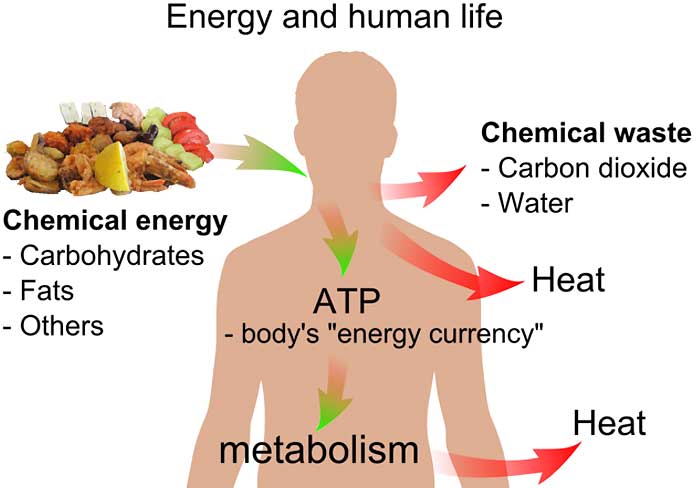
The energy referred to in this postulate it chemical energy produced from thousands of biochemical reactions that take place inside the cell.
From the breakdown of glucose to the production of ATP by the powerhouse of the cell, the mitochondria, all biochemical reactions produce a great deal of energy within each cell that flows from one part of the cell, one organelle to another through chemical messengers and molecules.
![]()
Modern Cell Theory Part 2
“Hereditary information or DNA is passed on from one cell to another”.

As stated earlier, all cells divide either asexually by mitosis, fission or budding, or sexually by meiosis. Either process results in the parent cell passing on its genetic content or DNA to the offspring or progeny.
- Chromosomes that contain the genetic material is passed on from parent to daughter cell. In unicellular organisms as well, such as bacteria, the DNA material is divided into its progeny simply by splitting of the cell into two, a process known as cytokinesis.
- This results in the progeny cells being identical genetically to the parent cells. However in higher organisms such as some animals and humans, the environment and a process known as recombination are key players in determining the genetic makeup of every individual being.
![]()
Modern Cell Theory Part 3
“All cells have the same basic composition”.
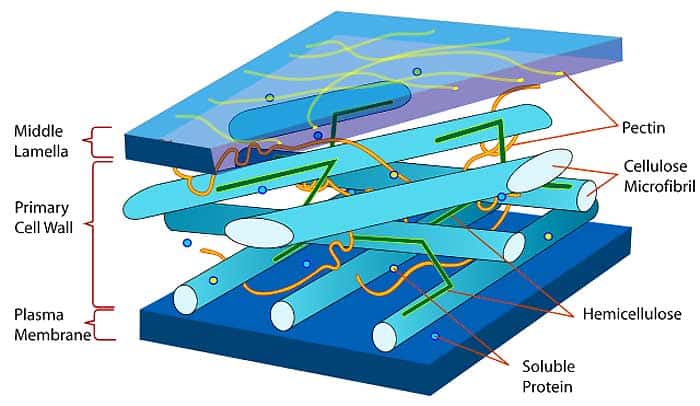
All cells, whether unicellular or multicellular, prokaryotic or eukaryotic, simple or complex, irrespective of size have the same basic composition.
- Almost every cell is surrounded by a cell wall and filled with a fluid-like substance known as cytoplasm or cytosol, in which many different structures called organelles are present that each has their own defined function.
- All cells contain a nucleus or a region that holds the genetic content (DNA) of the organism, and all have biochemical processes and catalysts that enable it to sustain itself.
The above-mentioned postulates along with the aspects of the modern theory constitute the cell theory as we know it.
![]()
Exceptions to Cell Theory
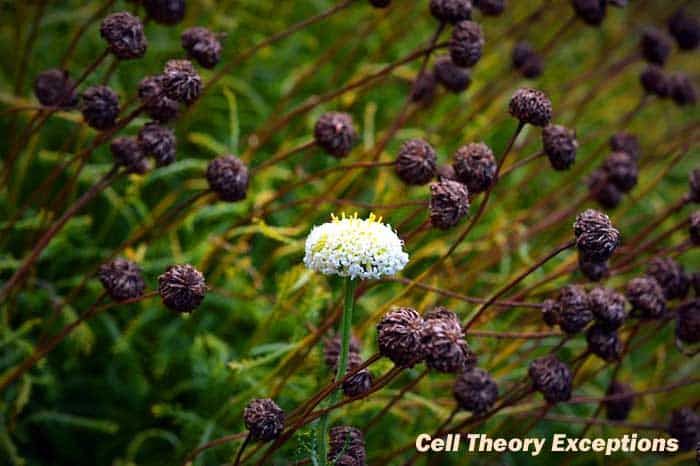
A few exceptions to the cell theory exist. These are:
- Viruses are considered to be non-living because they cannot replicate or reproduce, despite having their genetic material.
- The very first cell did not arise from a precursor cell.
- Mitochondria and chloroplasts, although present within the cell, have their own genetic material and can reproduce independently from the cell that they are present in.
We have seen that cells are of paramount importance to life, without which life is unsustainable. The cell theory describes the basic principles which surround and govern all cells of all living organisms irrespective of their internal features and differences, and this theory forms the basis and foundation of modern cell biology today.
![]()
Cite This Page
References
- “Cell Theory: A Core Principle of Biology”. Accessed April 20, 2018. Link.
- “What is Cell Theory? – Definition, Timeline & Parts – Video & Lesson Transcript | Study.com”. Accessed April 20, 2018. Link.
- “History of Biology: Cell Theory and Cell Structure – Biology Encyclopedia – cells, plant, body, function, process, animal, different, organisms, chromosomes”. Accessed April 20, 2018. Link.


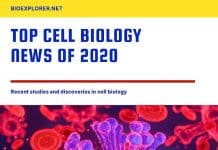
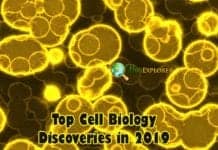
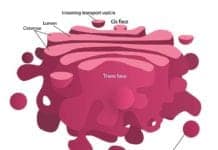
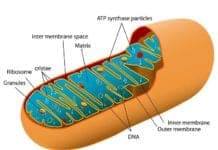
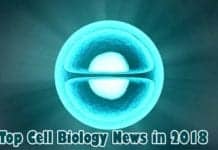
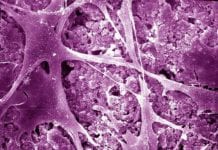









great work
I love this website.